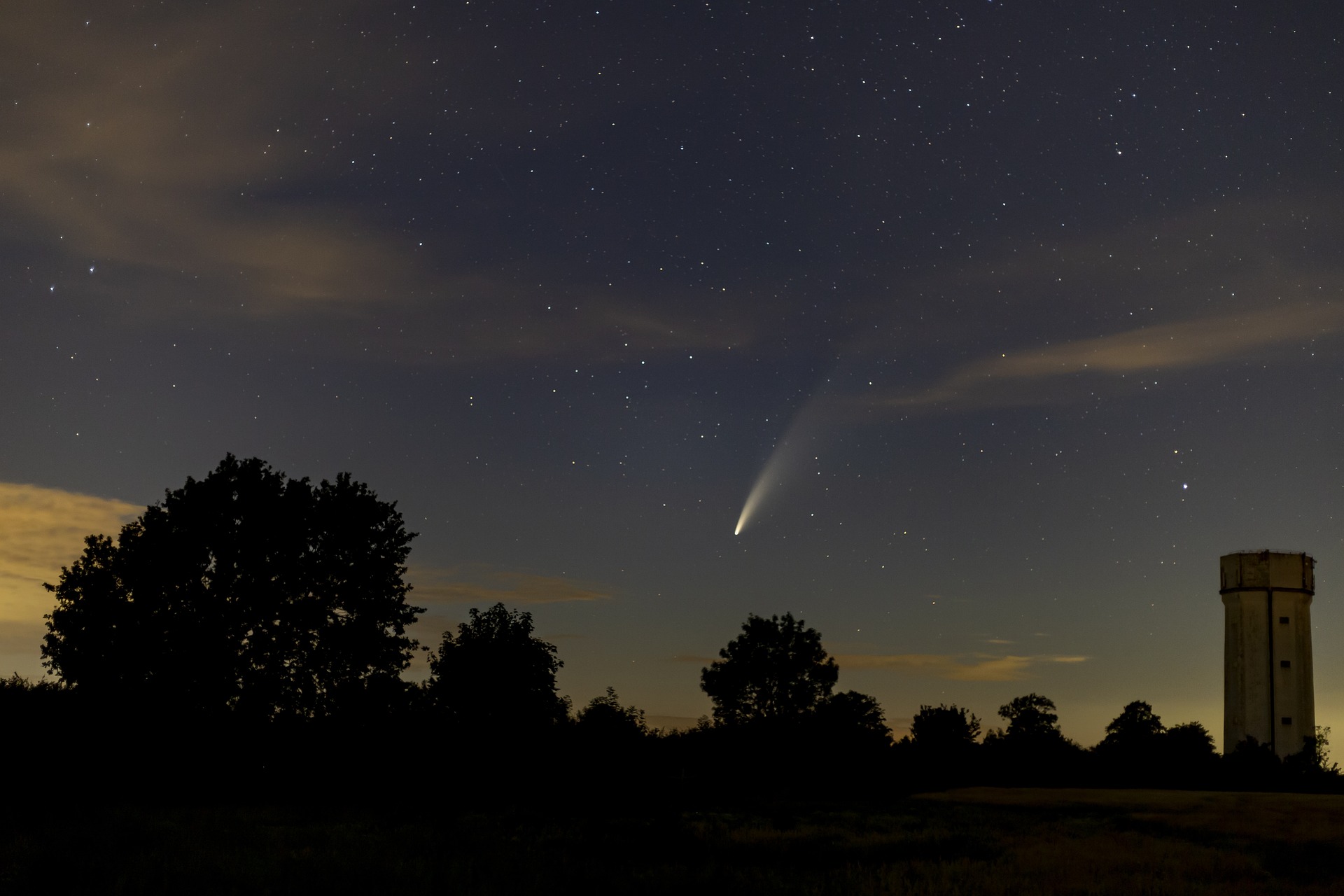The comet “12P/Pons-Brooks” is currently traveling through the inner solar system and is rapidly approaching Earth. It will soon reach its maximum brightness and thus offer a fascinating observation opportunity. It can already be spotted in the night sky with a suitable lens. But what is behind this celestial phenomenon, and when is the best time to observe it?
Comets and their characteristic features
History and discovery: Comet 12P/Pons-Brooks was first discovered on July 12, 1812, by the French astronomer Jean-Louis Pons. Over seventy years later, William Robert Brooks accidentally came across this celestial body again, which gave him and Pons their names. With an estimated diameter of around 30 kilometres, this comet is one of the medium-sized comets of its kind. Comets consist mainly of ice, dust, and loose rock and are often described as “dirty snowballs.”As a comet approaches the sun, the ice vaporizes and releases particles from the comet’s nucleus, creating a bowl-shaped coma. As it approaches the sun, more and more particles are released, resulting in an increased brightness of the luminous gas envelope. The solar wind and radiation pressure finally separate the components of the coma from the comet and form the characteristic tail. In astronomy, a distinction is made between the plasma tail and the dust tail, with the latter always facing away from the sun.
- source: wetter.at/picture: pixabay.com
This post has already been read 4153 times!



